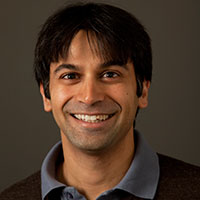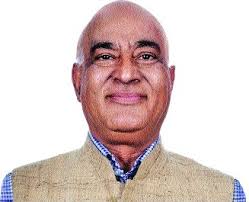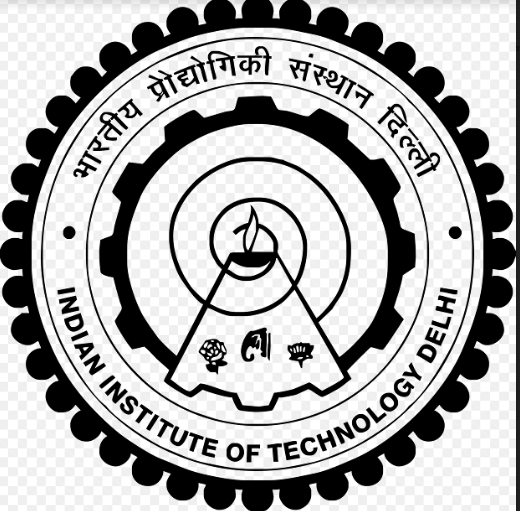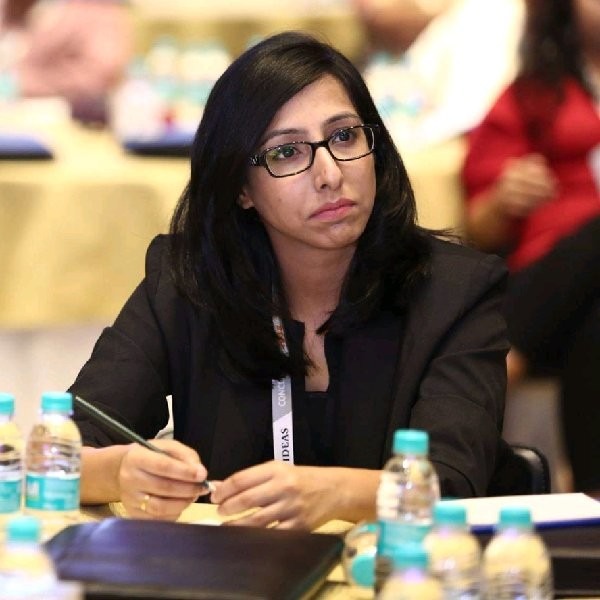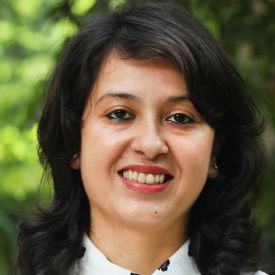Urban exclusion: Rethinking social protection in India in the wake of Covid-19
Economic insecurity caused by lockdowns during the early days of Covid-19 forced many households to rely on government welfare schemes to fulfil their consumption needs. Using data from the June 2020 ...
-
 Pallavi Choudhuri
Pallavi Choudhuri  Sonalde Desai
Sonalde Desai  Santanu Pramanik
Santanu Pramanik  13 June, 2022
13 June, 2022
- Articles
Fatal oblivion: India's National Family Benefit Scheme
The National Family Benefit Scheme (NFBS) – which provides financial assistance to families in the event of the death of a breadwinner – has been plagued by low budget allocations, restricted cove...
-
 Jasmin Naur Hafiz
Jasmin Naur Hafiz  03 January, 2022
03 January, 2022
- Perspectives
Has India eliminated extreme poverty?
In the second post of a six-part series on Gaurav Datt unpacks the claim that India was on the verge of eliminating extreme poverty, and questions two key assumptions on which it rests. Rather, he sh...
-
 Gaurav Datt
Gaurav Datt  10 October, 2022
10 October, 2022
- Perspectives
The implications of India’s spatial development
Mahatma Gandhi once said, “poverty is the worst form of violence”. In this piece, Ejaz Ghani highlights India’s poverty burden, its regional disparities and convergence thereof. He highlights ho...
-
 Ejaz Ghani
Ejaz Ghani  30 September, 2022
30 September, 2022
- Articles
How financial access impacts women’s decision-making role in households
Government programmes which grant women access to financial support often provide assistance which is too small to significantly impact women’s economic position within the household. This article u...
-
 Anjini Kochar
Anjini Kochar  C. S. Nagabhusana
C. S. Nagabhusana  Ritwik Sarkar
Ritwik Sarkar  Rohan Shah
Rohan Shah  Geeta Singh
Geeta Singh  31 August, 2022
31 August, 2022
- Articles
The post-pandemic global inequality boomerang
Global inequality has fallen over the last three decades, despite a rise in inequality within some countries. This article uses a World Bank database covering the years 1981-2019 to posit that the dec...
-
 Ravi Kanbur
Ravi Kanbur  Eduardo Ortiz-Juarez
Eduardo Ortiz-Juarez  Andy Sumner
Andy Sumner  04 July, 2022
04 July, 2022
- Articles
Urban exclusion: Rethinking social protection in India in the wake of Covid-19
Economic insecurity caused by lockdowns during the early days of Covid-19 forced many households to rely on government welfare schemes to fulfil their consumption needs. Using data from the June 2020 ...
-
 Pallavi Choudhuri
Pallavi Choudhuri  Sonalde Desai
Sonalde Desai  Santanu Pramanik
Santanu Pramanik  13 June, 2022
13 June, 2022
- Articles
Using personalised information delivery to improve uptake of emergency government benefits
Although many governments introduced additional benefits as part of existing welfare schemes for Covid-19 relief, there is often a significant gap between the introduction of, and access to these bene...
-
 Amrit Amirapu
Amrit Amirapu  Irma Clots-Figueras
Irma Clots-Figueras  Bansi Malde
Bansi Malde  Anirban Mitra
Anirban Mitra  Debayan Pakrashi
Debayan Pakrashi  Zaki Wahhaj
Zaki Wahhaj  01 June, 2022
01 June, 2022
- Articles
A microfinance model to enhance borrowers’ lifetime utility
Research has shown that providing credit along with services such as savings instruments, can increase the utility that borrowers obtain from credit. Presenting a theoretical model where microfinance ...
-
 Dyotona Dasgupta
Dyotona Dasgupta  Prabal Roy Chowdhury
Prabal Roy Chowdhury  11 April, 2022
11 April, 2022
- Articles
Examining Himachal’s urban employment guarantee
Despite proposals by economists on the need for an urban work programme in India, a national-level policy seems some time away from coming to fruition. However, some states have implemented such progr...
-
 Krishna Priya Choragudi
Krishna Priya Choragudi  21 March, 2022
21 March, 2022
- Notes from the Field
Covid-19 and long-term poverty: Evidence from rural Rajasthan
Based on preliminary calculations, it is being reported that 77-220 million have fallen into poverty in India on account of Covid-19, with the poor now accounting for 60% of urban, and 70% of rural re...
-
 Tushar Agrawal
Tushar Agrawal  Anirudh Krishna
Anirudh Krishna  27 January, 2022
27 January, 2022
- Articles
Fatal oblivion: India's National Family Benefit Scheme
The National Family Benefit Scheme (NFBS) – which provides financial assistance to families in the event of the death of a breadwinner – has been plagued by low budget allocations, restricted cove...
-
 Jasmin Naur Hafiz
Jasmin Naur Hafiz  03 January, 2022
03 January, 2022
- Perspectives
Crime in the village: Does road infrastructure make a difference?
Access to better infrastructure is critical for poverty alleviation and economic development in rural India. Analysing data from the 2004-05 and 2011-12 waves of the India Human Development Survey (IH...
-
 Shreya Biswas
Shreya Biswas  Ritika Jain
Ritika Jain  22 December, 2021
22 December, 2021
- Articles
MNREGA funds allocation: Honouring the work-on-demand guarantee
The Centre has sought an additional Rs. 25,000 crore as funding for MNREGA (Mahatma Gandhi National Rural Employment Guarantee Act). Based on simple calculations using official data, Ashwini Kulkarni ...
-
 Ashwini Kulkarni
Ashwini Kulkarni  15 December, 2021
15 December, 2021
- Perspectives
Twitter feed
Tweets by Ideas4IndiaMost Popular Poverty & Inequality Posts
Wealth inequality, class, and caste in India: 1961-2012
The level of wealth inequality in India is close to that of some highly unequal countries in the world. This article assesses the long-term evolution of wealth inequality in the country for the period...
 Nitin Kumar Bharti
Nitin Kumar Bharti  28 June, 2019
28 June, 2019
- Articles
Covid-19: What can be done immediately to help vulnerable population
With over 80% of India’s workforce employed in the informal sector and one-third working as casual labour, Covid-19's spread and subsequent unplanned lockdowns, have created economic havoc in the li...
 Reetika Khera
Reetika Khera  25 March, 2020
25 March, 2020
- Perspectives
EWS reservation in higher education: Affirmative action or vote bank politics?
The Constitution (103rd Amendment) Act, 2019, provides for 10% reservation for the economically weaker sections (EWS) in higher educational institutions within the general category. In this post, Devi...
 Devika Malhotra Sharma
Devika Malhotra Sharma  11 September, 2019
11 September, 2019
- Perspectives





 30 September, 2022
30 September, 2022